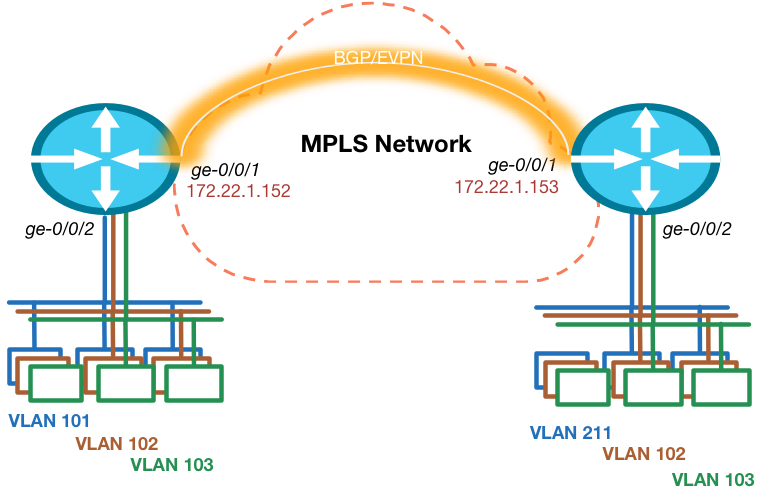Cisco Virtual Router Targets Service Providers This Time
 The IOS XRv counters virtual routers from Ericsson and Juniper.
The IOS XRv counters virtual routers from Ericsson and Juniper.
Choosing a Route: Order of Operations
In Cisco IOS packets are forwarded through the router (or Layer 3 switch) by Cisco Express Forwarding (CEF). A data structure called the CEF table contains a list of known IP prefixes and the outgoing interface that packets should be put on in order to get them onwards to their destination. That's well and good. But how do the IP prefixes make it into the CEF table? To answer that question you have to work backwards and understand the order of operations that IOS goes through in order for a prefix to make it into the CEF table.
EVPN Configuration
In my last blog I explained the features and use cases of the EVPN technology. In this blog I want to show how easy it is to configure, enable and expand EVPN. The configuration is focused on the Juniper MX platform, but as Junos is the single operating system across the entire Juniper portfolio, configuration on other platforms (like EX9200) is equal.
Design
The topology is really simple. I’m using 2 routers in this example, so multi-homing is not in scope. Each router has an Ethernet segment connected that consists of multiple VLANs on each side. There is 1 VLAN ID that is not equal on both sides, so this has to be taken care of.
Prepare for EVPN
To make sure we can start creating our VPN, we have to ensure the foundation is in place. This means we need IP reachability to the other Data Center routers loopback address and we need BGP with the EVPN address family enabled. The Junos release I’m testing with needs a special knob to be enabled to ensure packet lookups are done in the right way. Other versions will see this knob disappear as it is default moving forward.
routing-options {
autonomous-system 64999;
forwarding-table {
Continue reading
